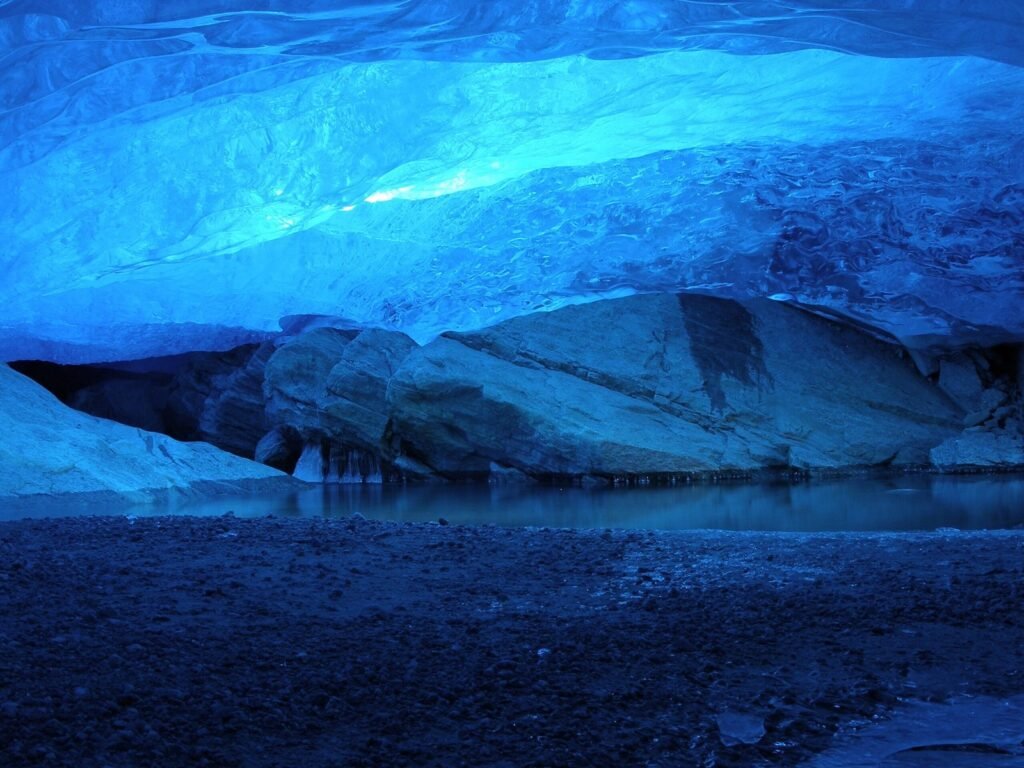Deep beneath Alaska’s frozen giants lies one of nature’s most mesmerizing spectacles. Picture stepping into a cathedral made entirely of ice, where the walls shimmer with an otherworldly blue light that seems to pulse with life. This isn’t science fiction – it’s the real-world wonder of Alaska’s glacier caves, where ice transforms into something almost magical. These frozen chambers have captivated visitors for decades, drawing adventurers from around the world to witness firsthand what many consider the most beautiful natural light display on Earth.
The Science Behind That Mesmerizing Blue Light
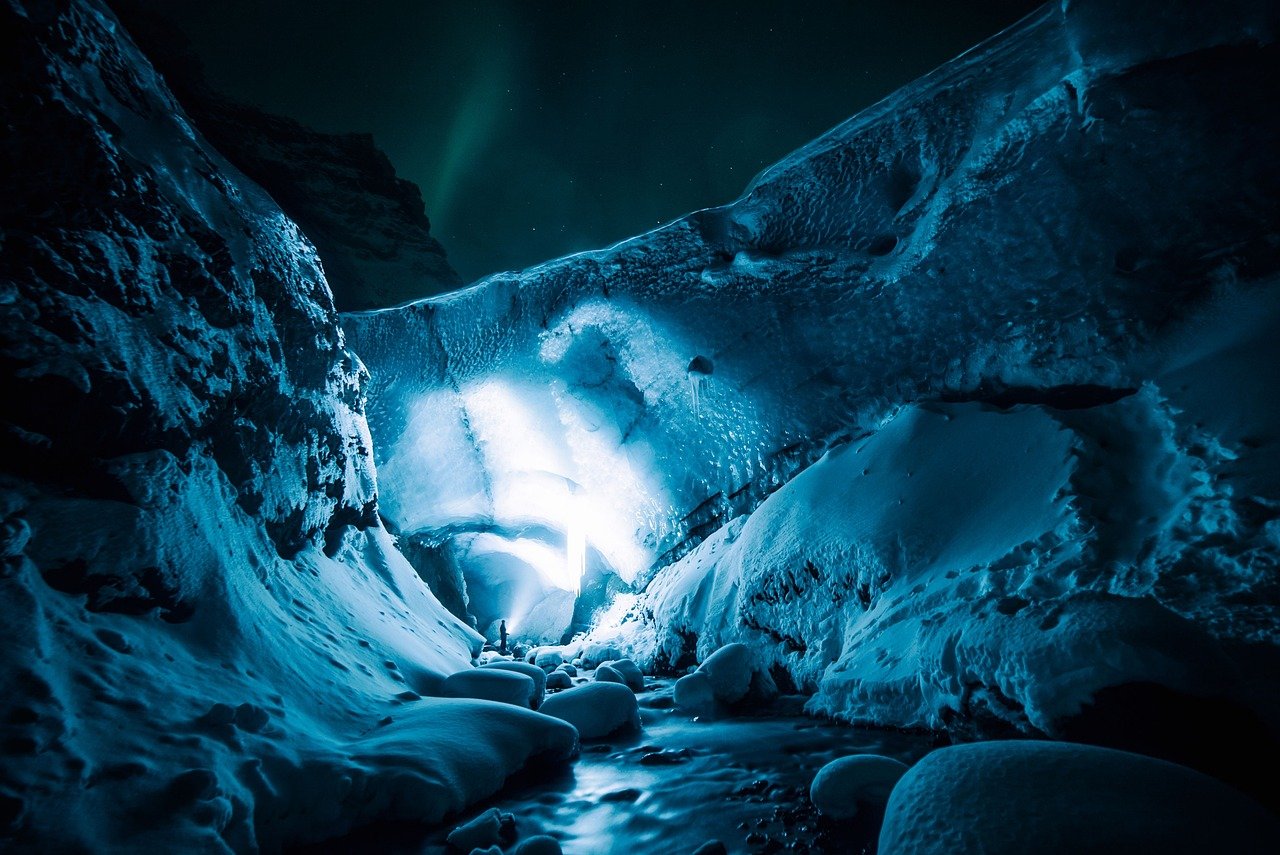
Ever wonder why these ice caves glow with such an intense blue hue? The answer lies in the fascinating relationship between light and ice density. Glacier ice is blue because the red (long wavelengths) part of white light is absorbed by ice and the blue (short wavelengths) light is transmitted and scattered. The longer the path light travels in ice, the more blue it appears. It’s like nature’s own selective filter, removing warm colors and leaving behind only the coolest blues.
Think of it this way: when sunlight enters these dense ice formations, it starts a journey through what’s essentially a crystal maze. They gobble up the red end of the spectrum far more readily than the blue. So, when sunlight dives into glacial ice, the reds, oranges, yellows, and greens get soaked up like a sponge. The farther the light travels through the ice, the more of these warm colors vanish. What remains is pure blue light, bouncing around inside the ice like a captured aurora.
How Ice Density Affects the Electric Blue Experience
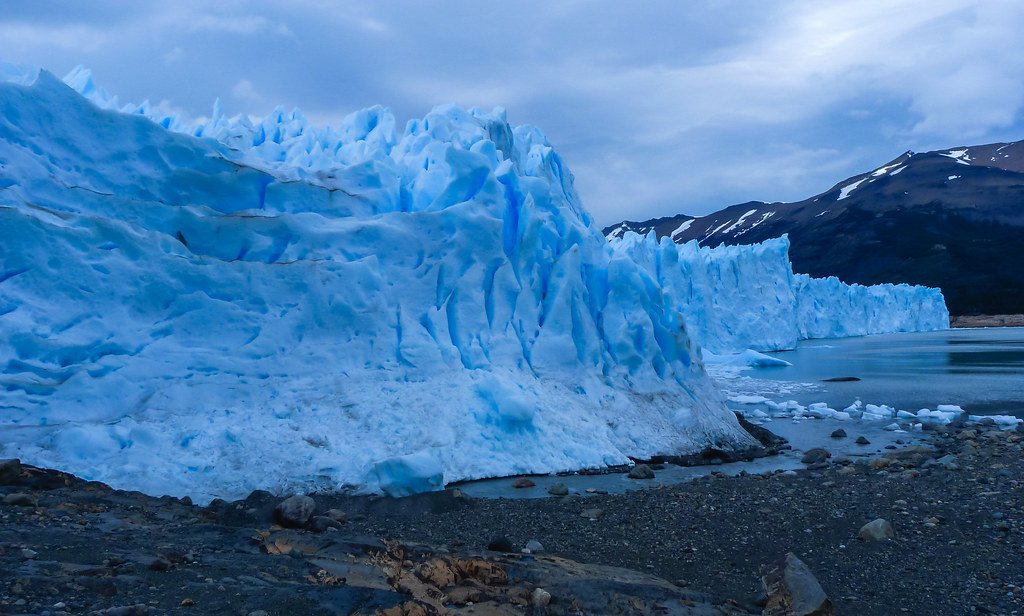
The intensity of that electric blue glow depends heavily on ice density and structure. In glaciers, the pressure causes the air bubbles to be squeezed out, increasing the density of the created ice. This compression process is crucial – it’s what transforms ordinary snow into the stunning blue ice we see in caves. Regular ice from your freezer appears white because it’s full of tiny air bubbles that scatter all colors of light equally.
Over centuries, snow piles up, gets squashed, and slowly transforms into incredibly dense ice. As this happens, air bubbles get squeezed out, creating larger, more uniform ice crystals. These big crystals are fantastic at scattering that blue light, making the color even more vibrant. The denser the ice, the more spectacular the blue glow becomes. It’s a process that takes decades or even centuries to achieve perfection.
Light Refraction Creates Nature’s Crystal Palace
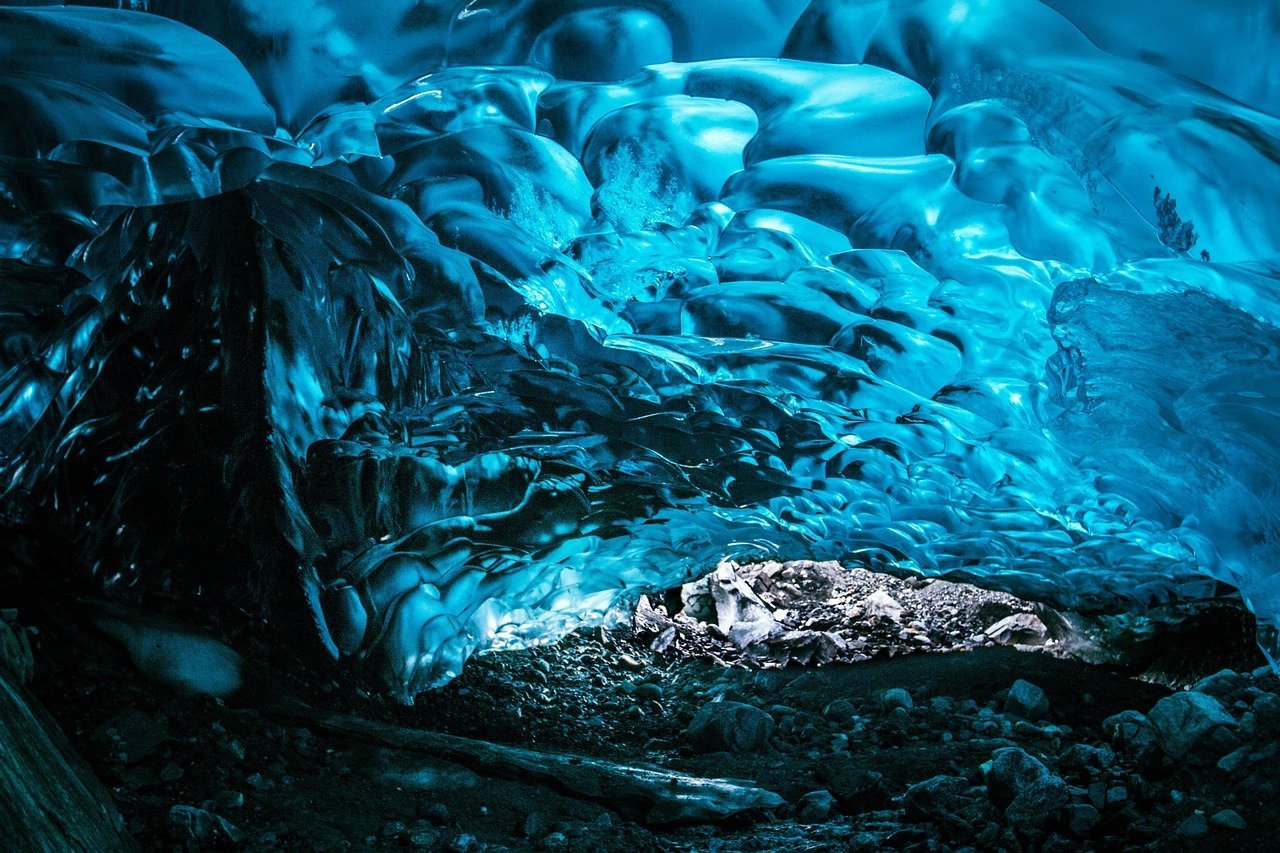
The magic doesn’t stop at simple color absorption. Light refraction plays a starring role in creating these ethereal spaces. When light hits these crystals, they absorb long wavelengths of light. At the same time, they scatter short-waved blue light, which makes the ice appear blue. This scattering effect is amplified by the unique hexagonal crystal structure of ice, which acts like thousands of tiny prisms working together.
Without the scattering effect of air bubbles, light can penetrate ice undisturbed. In ice, the absorption of light at the red end of the spectrum is significantly greater than at the blue end. Thus the deeper light energy travels, the more photons from the red end of the spectrum it loses along the way. This creates an almost supernatural environment where visitors feel like they’re walking through liquid sapphire frozen in time.
Where to Find Alaska’s Most Spectacular Glacier Caves
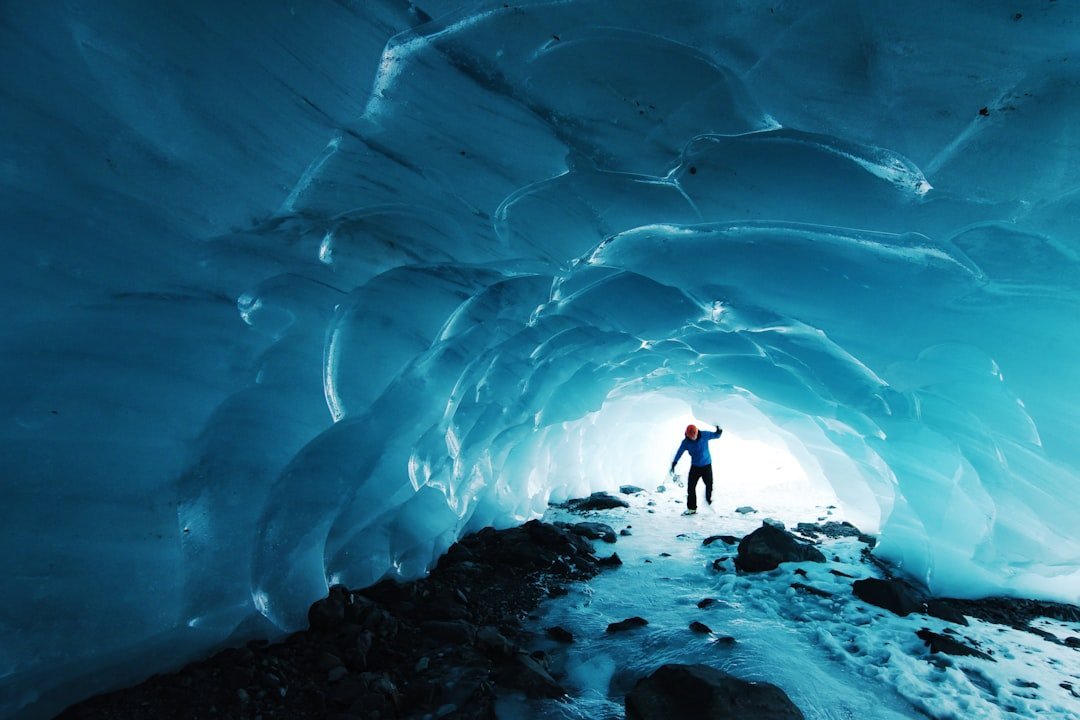
Alaska boasts some of the world’s most accessible glacier caves, each offering its own unique blue light experience. Byron Glacier is one of the most easily accessible glaciers in Alaska and is one of the few ice caves near Anchorage. It is located in Portage, only 50 miles from Anchorage. This makes it a perfect starting point for first-time ice cave explorers who want to witness the blue glow phenomenon without extensive travel.
You’ll find the Mendenhall Glacier in the Mendenhall Valley roughly 12 miles from Alaska’s capital city of Juneau. The glacier is 13 miles long and sits in a part of the Tongass National Forest knowns as the Mendenhall Glacier Recreation Area. The ice caves give a look a little bit like walking under a frozen river full of swells and shimmering blue domes. It can be as eerie as it is stunning to explore. However, access conditions change frequently due to the dynamic nature of glacial ice.
The Kennicott Glacier’s Hidden Blue Chambers
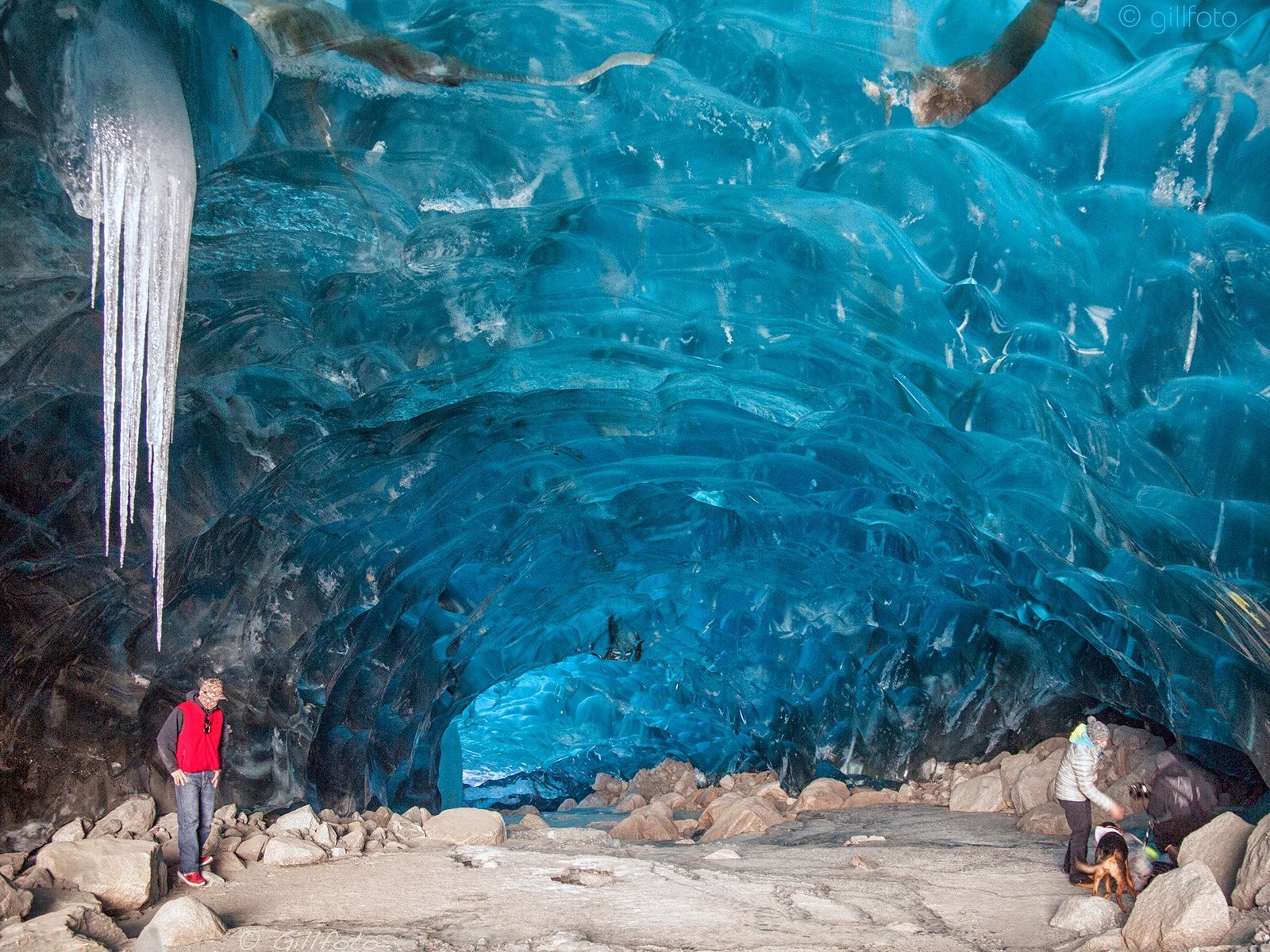
Under the edge of the Kennicott Glacier is a world that few get to see and experience. Explore along the edge of this 27-mile long glacier and crawl beneath the surface where you’ll see glowing blue walls of ice and light seeping through cracks and holes! These caves offer some of the most intense blue light experiences in Alaska, with chambers that seem to pulse with electric energy.
The journey to reach these caves adds to their mystique. To get there you’ll cross over loose rock, shifting mud, and rushing and dripping water. This trip is challenging, but the reward is well worth it! Once inside, visitors find themselves surrounded by walls that glow with an intensity that photographs simply can’t capture – the blue light seems to emanate from within the ice itself.
Spencer Glacier’s Accessible Blue Wonders
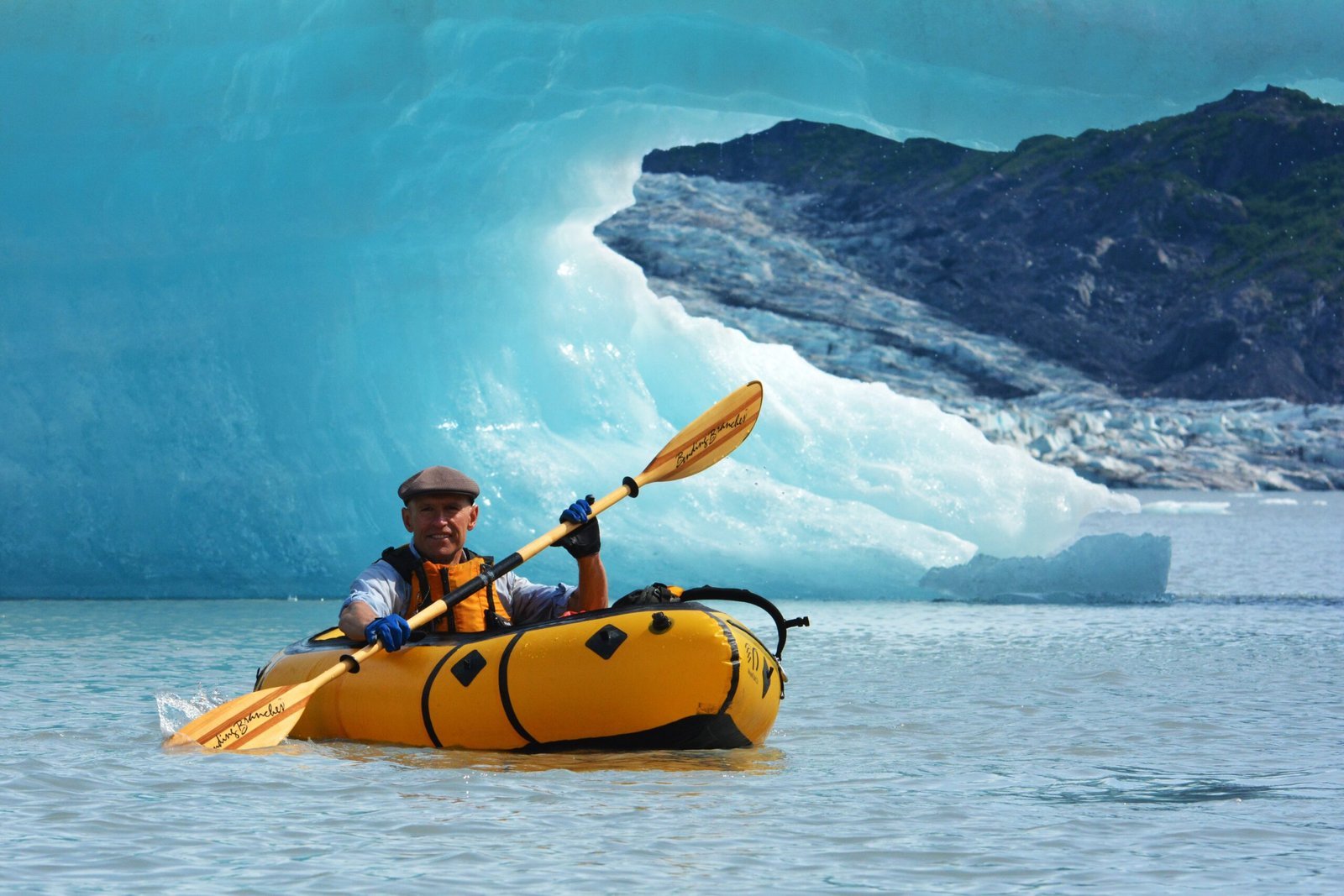
Located roughly 60 miles from Anchorage, Spencer Glacier rises 3,500 feet from Spencer Lake. The glacier’s peaks and headwalls are inside the Chugach National Forest just south of the Turnagain Arm. Visitors to the area are astounded by the mountain vistas and sparkling waterfalls. What makes Spencer Glacier unique is its accessibility via Alaska Railroad, making it one of the easier caves to reach for those seeking the blue ice experience.
Getting to the glacier and its caves is done via the Alaska Railroad. You can hire either a hiking tour or a kayaking tour for Spencer Glacier Ice Caves which generally leave from the Spencer Whistle Stop train station. The tour guides will do their best to find a safe ice cave or crevass to explore. The combination of scenic train travel and spectacular blue ice caves makes this destination particularly popular among photographers and nature lovers.
The Seasonal Dance of Blue Ice Formation
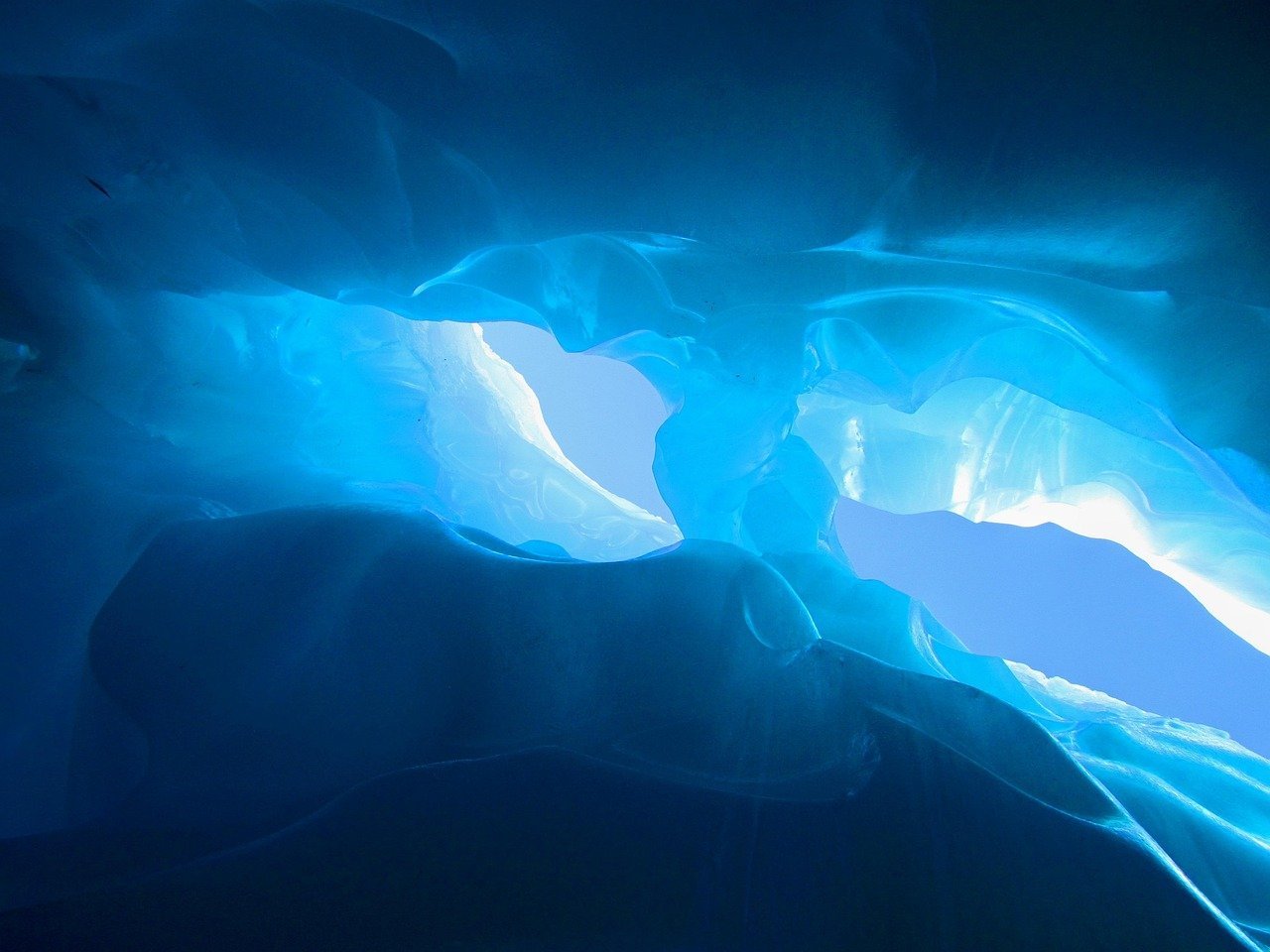
During the summer months, this hike is easiest and the cave has the most light shinning through, giving that gorgeous blue glow to the walls. During the winter months, the Byron Glacier is frozen solid and provides the safest conditions to enter the cave. This seasonal variation creates different intensities of the blue glow throughout the year, with each season offering its own unique visual experience.
Due to the glaciers’ ever-changing nature, late winter is the best time of year to explore ice caves. At this point, the glaciers should be more stable and frozen, minimizing the risk of movement. The interplay between sunlight angle, ice thickness, and cave stability creates a constantly changing canvas of blue light that never looks exactly the same twice.
Safety Considerations in the Electric Blue Underground
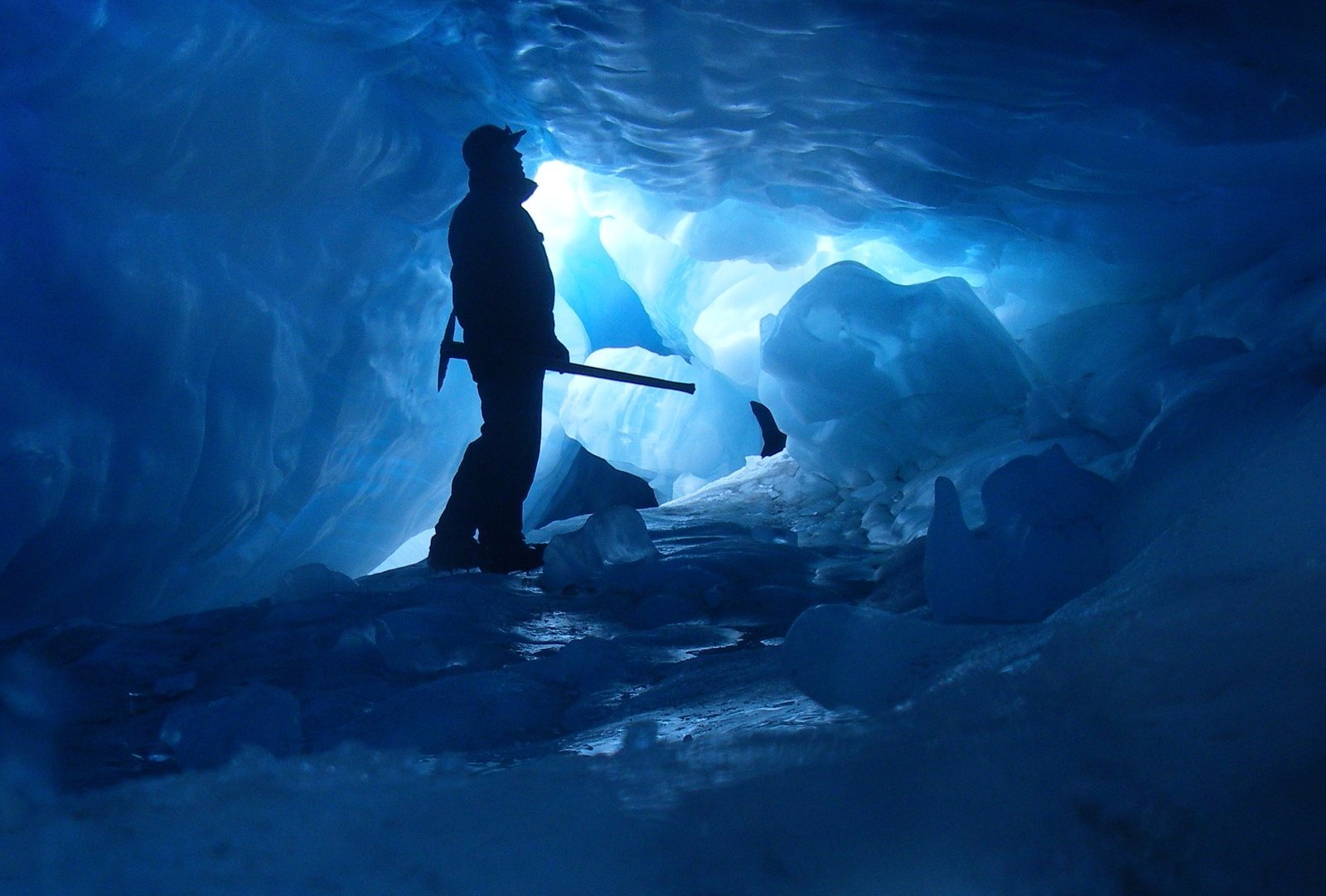
Venturing inside glacier ice caves can be risky and is not recommended without proper safety measures and guidance. The cave’s structural stability is ever-changing, making it essential to know the glacier’s current conditions and the expertise to assess its safety. The risk of collapsing ice or shifting formations can pose serious dangers and it’s crucial to prioritize safety when exploring these remarkable but unpredictable subglacial wonders.
Ice caves are inherently dangerous due to the possibility of ice or rocks falling from the ceiling, cave collapse and flooding. Always wear the proper equipment and go with an experienced guide during glacier travel in exploration for ice caves, since there can be hazardous crevasses (cracks), rock and icefall, moulins, and thin ice bridges over holes. Despite these risks, thousands of visitors safely experience these blue ice chambers each year with proper preparation and experienced guidance.
Conclusion: Nature’s Electric Blue Masterpiece
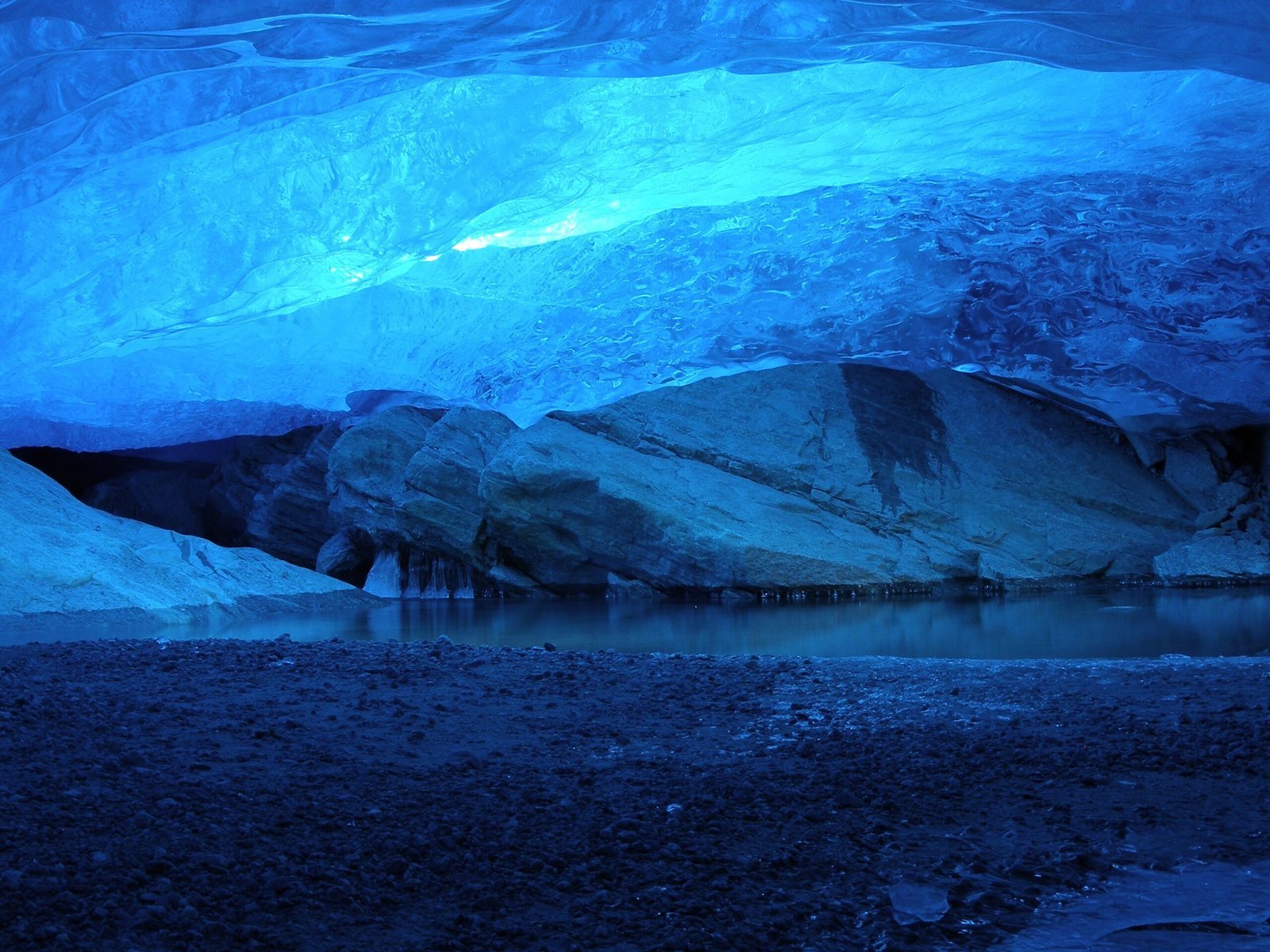
Alaska’s glacier caves represent one of nature’s most extraordinary achievements – transforming simple frozen water into chambers of electric blue light that seem almost supernatural. The scientific processes behind this phenomenon, from ice density compression to selective light absorption, create an experience that transcends mere sightseeing and enters the realm of the profound. These caves remind us that our planet still holds mysteries and wonders that can take your breath away, even in an age when we think we’ve seen everything.
Standing inside one of these glowing blue chambers is like stepping into another world entirely. The walls pulse with ethereal light, creating an atmosphere so otherworldly that many visitors describe it as life-changing. What do you think it would feel like to be surrounded by walls of living blue light?

Jan loves Wildlife and Animals and is one of the founders of Animals Around The Globe. He holds an MSc in Finance & Economics and is a passionate PADI Open Water Diver. His favorite animals are Mountain Gorillas, Tigers, and Great White Sharks. He lived in South Africa, Germany, the USA, Ireland, Italy, China, and Australia. Before AATG, Jan worked for Google, Axel Springer, BMW and others.

